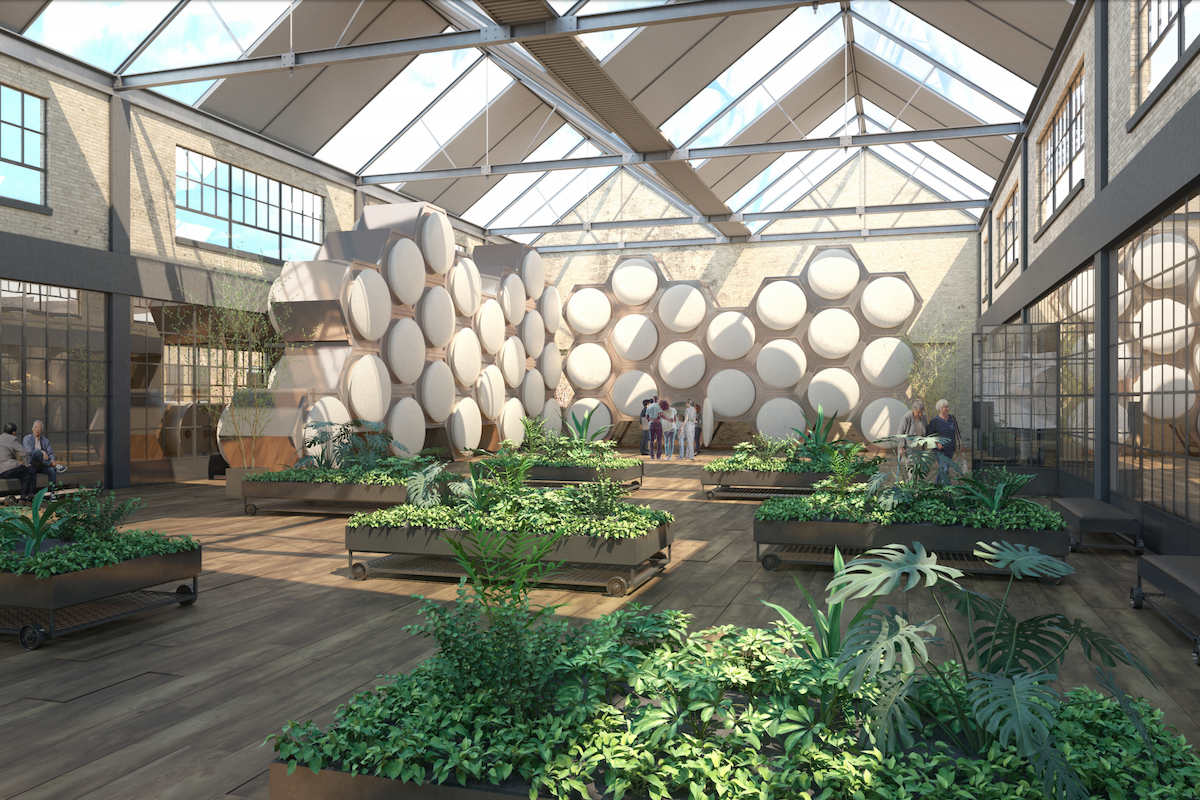What is Recomposition?

Legally known as "natural organic reduction", recomposition is a process created by Katrina Spade at Recompose that gently converts human remains into soil as an alternative choice to cremation and conventional burial. The following information about the process and its impact has been pulled from the Recompose website:
The modular system uses nature's principles to return bodies to the earth, sequestering carbon and improving soil health. The transformation of human to soil happens inside the reusable, hexagonal recomposition vessels. When the process has finished, families will be able to take home some of the soil created, and there are plans to donate the rest to forest reconservation projects.
By converting human remains into soil, we minimize waste, avoid polluting groundwater with embalming fluid, and prevent the emissions of CO2 from cremation and from the manufacturing of caskets, headstones, and grave liners. The Recompose team has completed a Life Cycle Assessment comparing conventional burial, cremation, natural burial, and recomposition. In their preliminary findings, recomposition performed the best out of all four options in the majority of categories.
Notably, recomposition performed the best in the global warming potential category (GWP). Thanks to the carbon sequestration which occurs at different points throughout the recomposition process, we estimate that a metric ton of CO2 will be saved each time someone chooses recomposition over cremation or conventional burial.

